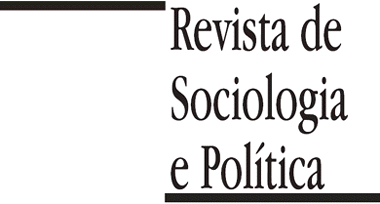This article provides a general presentation of the research methodology of prosopography. In the first place, it supplies a historical review of the first real prosopographic efforts, distinguishing the elitist schools, of a more individualizing nature, from the sociological ones, which are more collectivist in their approach. This is followed by a discussion of the precursors of the method and some of the most important early works: Charles Beard and Lewis Namier's historiographic research and Robert Merton's work in Sociology. We then comment on some of the major problems involved in acritical use of prosopography: the absence of adequate data, mistakes in data classification, errors in data interpretation and problems in the theoretical interpretation of data. The identification of these problems is not intended to negate prosopography's importance but to clarify the dangers inherent to its careless usage. Thus, we go on to discuss some of the most important results in contemporary prosopography, taking English research as our reference. Finally, we comment on the general frame of contemporary prosopographic studies, indicating the situation that prevails in the United States and France, as well as possibilities and risks that the introduction of the computer brings to historiographic practice.
Propopography; Historical Research; Sociological Theory; Elite Theory; Research Methodology
